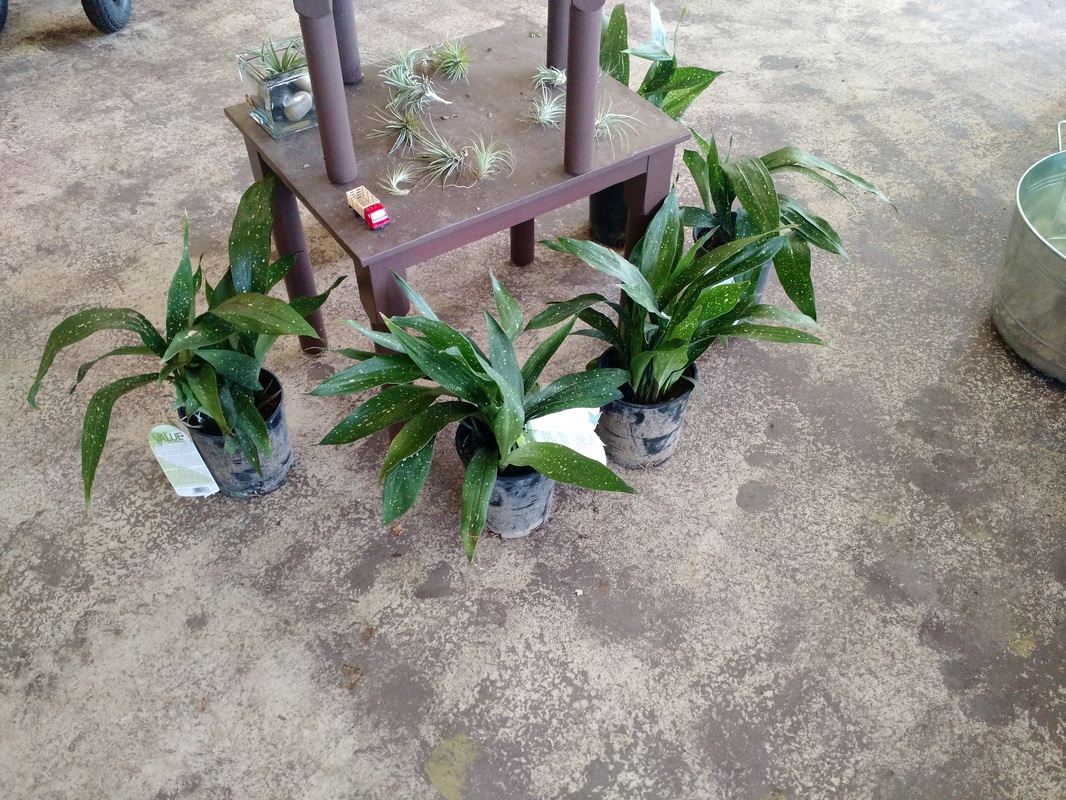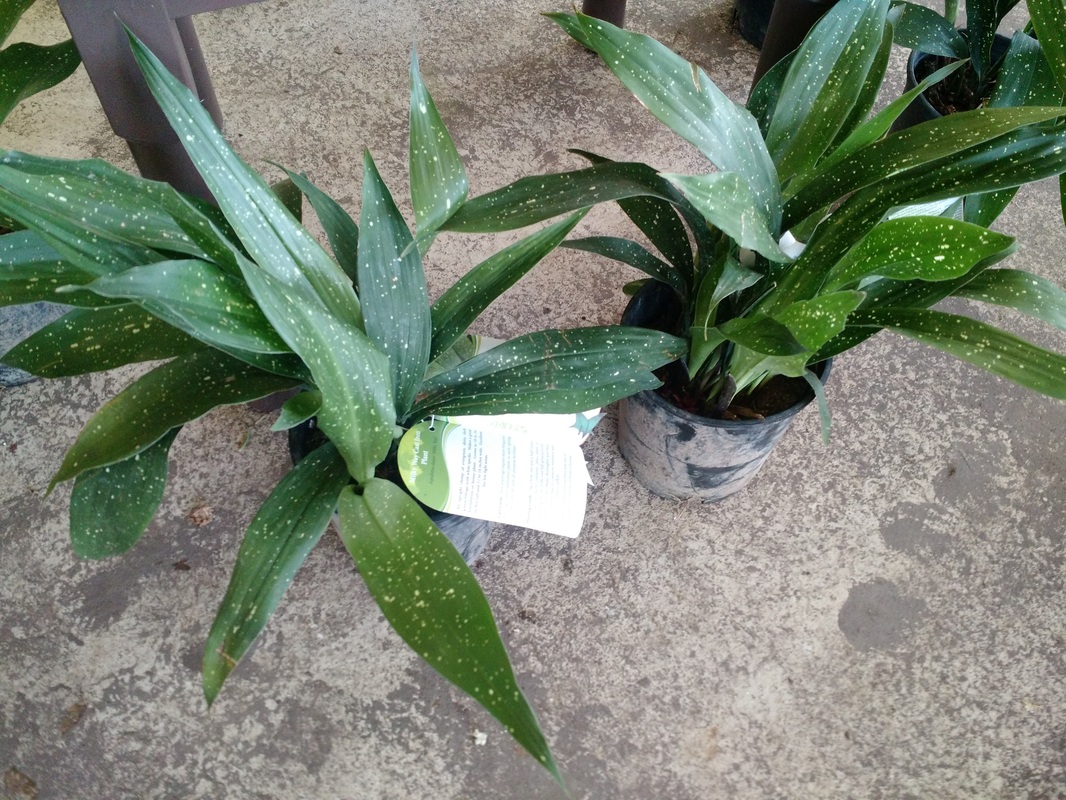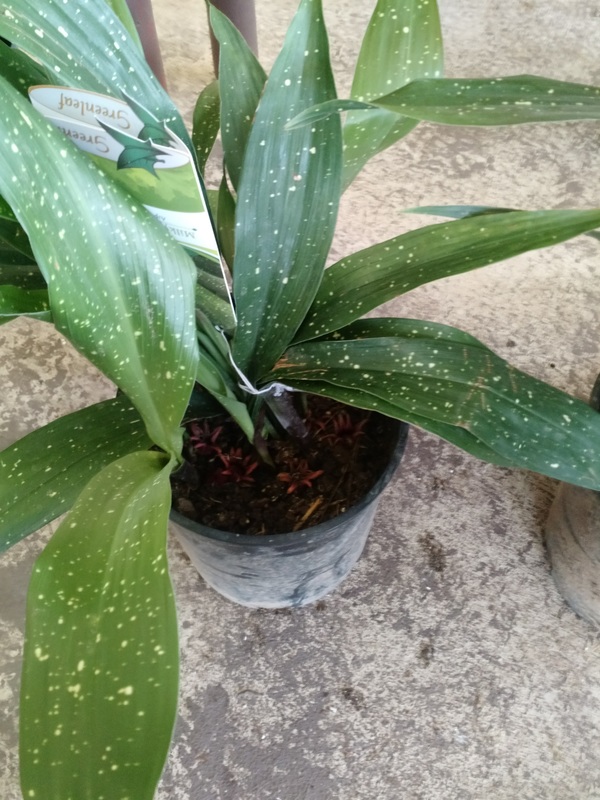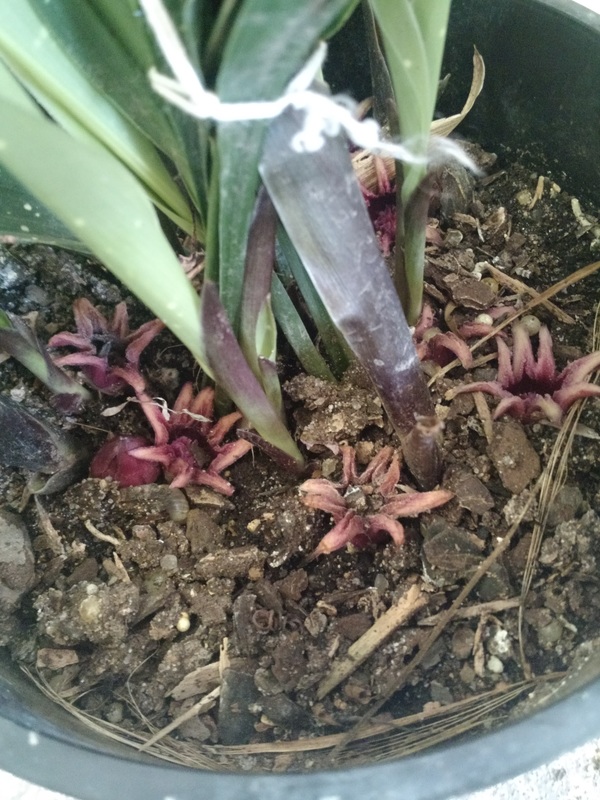|
In Victorian England, keeping plants was becoming quite a hobby. The English garden was quite the staple in the countryside, but in London, things were different. There were few gardens and the pollution was so bad few plants could grow and thrive. Couple that with the British Empire having colonies EVERYWHERE, it became quite vogue for Londoners to keep tropicals as house plants. Unfortunately, the air was so bad inside as well, most plants still died. This eventually led to the invention of the Wardian Case. Basically a small enclosed greenhouse. These allowed begonias and orchids to become the popular house plants of the time. There was also another plant that was popular at the time. Aspidistra elatior, or Cast Iron Plant. Not only did it thrive in the polluted air, it also does well in low light conditions! In modern times, they still have plenty of uses in our landscapes. As I type this, a customer is asking about plants that grow in deep shade. This is one of the best! They love it dark. If there is a place in your home where plants stretch and die, I highly recommend cast iron plant, indoors or out! There are a few varieties, and not all are cold hardy here. So make sure and check your tag! They are pretty adaptable to wet or dry soils and can take a half a day of sun (4-6 hours). While most plants put their reproductive organs right out on top, so the various pollinators can find them, Cast Iron plants put their flowers the one place bugs always are, the ground! They get pollinated as slugs and beetles crawl over them. Neat, huh?
4 Comments
|
Authors
Kathy and Alex have combined experience of over 25 years, and offer their expertise here. Archives
February 2019
Categories
All
|




 RSS Feed
RSS Feed